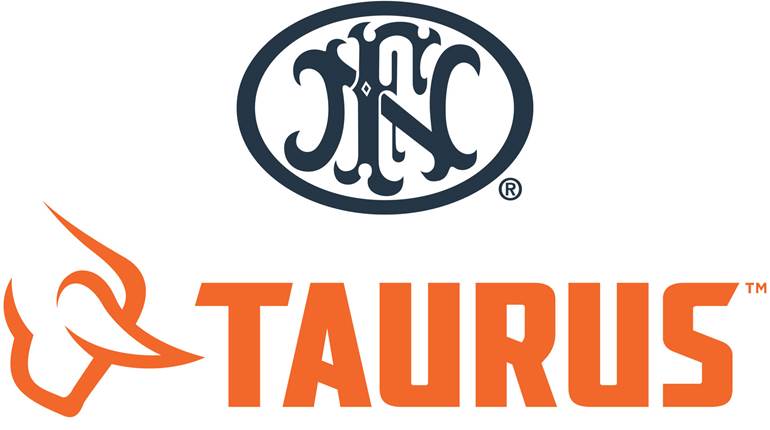
The number of muzzleloaders imported into the United States in March 2023 increased by 137.7 percent compared to figures from March 2022, according to a recent National Shooting Sports Foundation (NSSF) analysis of U.S. International Trade Commission figures. The uptick isn’t confined to one month’s figures either. NSSF found that the volume brought in during the first three months of the year was up 57 percent compared to the same reporting period in 2022 (41,539 compared to 26,458, respectively).
The figures, unfortunately, don’t reflect which companies or models arrived stateside. They do, however, indicate a growing interest in blackpowder guns—whether historic designs or more modern inline versions—at a time when the pandemic gun sales boom is over.
To put March’s figure in perspective, it was the highest number of muzzleloaders imported into the United States since 2003, when 25,528 were brought ashore that month for consumer sales.
The trend began in 2020, during the height of a pandemic that strained domestic food supply lines to the point that commercial meat shortages were common and prices rose significantly. That year, in all, a total of 157,249 muzzleloaders were imported, compared to 2019’s figure of 130,642. Many of them, no doubt, were purchased by hunters eager to take advantage of extended muzzleloader seasons to keep high-in-protein food on their family’s table.
The growth, however, continued after social distancing ended and packing plants were back at full, or near-full, capacity. In 2021 the total number of muzzleloaders imported came in at 191,824 and 197,265 in 2022.
Admittedly the numbers still pale by comparison to the record year reported by NSSF—380,499 in 2002. It does, however indicate there’s a strong resurgence in interest when it comes to using blackpowder or substitute propellent.
Part of that could be nostalgia, although it could also be the new generation of shooters attracted to the added performance of today’s inline muzzleloader designs. CVA’s new-for-2023 Paramount Pro V2 is a good example. It has all the looks that appeal to enthusiasts, is available in either .45 or .50 caliber and has already proven itself as a long-distance connection.
So is the Traditions NitroFire, which hit the market in 2021. Considered a firearm, thus requiring a 4473 and background check, the .50-cal. NitroFire uses Federal Ammunition’s FireStick instead of powder or pellets, adding an all-new layer of convenience.
For obvious reasons companies don’t share precise sales figures. Combined with the fact that Knight Rifles Muzzleloaders are made in the United States—therefore not reflected in import records—it’s impossible to definitely state who or what is really driving the trend. It is, however, interesting that immediately after personal-defense firearm sales slowed from their record-setting pace, interest in 'front-stuffers' continues to rise.





































